Understanding Ski Boot Fit
Before we dive into the latest ski boot technology, it's important to understand the basics of ski boot fit. Ski boots are designed to keep your feet secure and provide support while skiing. The fit of your ski boots is crucial for both comfort and performance. A poorly fitting ski boot can lead to discomfort, blisters, and even injury.
When trying on ski boots, it's important to consider several factors. The length and width of your foot, as well as the shape and volume of your foot, can all impact the fit of your ski boot. It's also important to consider the flex of the ski boot, which determines the boot's stiffness and responsiveness.
How A Ski Boot Should Fit - From The Pro
Types of Ski Boot Technology - Traditional, Hybrid, and Custom
There are three main types of ski boot technology: traditional, hybrid, and custom. Traditional ski boots are made with a fixed shell and liner and are the most commonly used type of ski boot. Hybrid ski boots combine traditional ski boot technology with additional customization options, such as adjustable flex settings. Custom ski boots are made specifically for each skier's individual needs, using custom molds and materials.
Traditional Ski Boot Technology
Traditional ski boots have a fixed shell and liner, which means they cannot be customized to each skier's individual needs. However, advancements in materials and design have improved the overall comfort and performance of traditional ski boots. Many traditional ski boots now feature heat-moldable liners, which can be customized to fit the shape of your foot. Some also feature adjustable buckles and straps for a more secure fit.
One downside of traditional ski boots is that they can be uncomfortable for skiers with wider feet or high arches. In these cases, a hybrid or custom ski boot may be a better option.
Hybrid Ski Boot Technology
Hybrid ski boots combine traditional ski boot technology with additional customization options. This type of ski boot typically features an adjustable flex setting, which allows the skier to change the boot's stiffness and responsiveness. Hybrid ski boots may also feature heat-moldable liners and adjustable buckles and straps for a more customized fit.
Hybrid ski boots are a good option for skiers who want more customization options than a traditional ski boot but don't need a fully custom ski boot. They offer a good balance of comfort and performance and can be a good option for intermediate to advanced skiers.
Custom Ski Boot Technology
Custom ski boots are made specifically for each skier's individual needs. This type of ski boot typically involves a custom mold of the skier's foot, which is used to create a fully customized shell and liner. Custom ski boots can also feature adjustable flex settings and other customization options, such as adjustable buckles and straps.
Custom ski boots offer unparalleled comfort and performance on the mountain. They are a good option for skiers with wider feet, high arches, or other foot issues. They are also a good option for advanced skiers who demand the highest level of performance from their ski boots.
How to Buy a Ski Boots 2023 | Ski Boots Guide
Choosing the Right Ski Boot Technology for You
When choosing ski boots, it's important to consider your skill level, foot shape and volume, and skiing style. If you're a beginner or intermediate skier, a traditional or hybrid ski boot may be a good option. Advanced skiers may want to consider a custom ski boot for the best performance and comfort.
It's also important to consider your foot shape and volume. If you have wider feet or high arches, a custom ski boot may be a better option. If you have a more standard foot shape, a traditional or hybrid ski boot may be a good option.
Finally, consider your skiing style. If you're a more aggressive skier, a stiffer boot may be a better option. If you're a more recreational skier, a softer boot may be more comfortable.
How to Flex Your Ski Boots for a Perfect Fit
Once you've chosen your ski boots, it's important to flex them properly for a perfect fit. To do this, put on your ski boots and buckle them up. Stand up straight and bend your knees, flexing your ankles forward. Your shins should press against the tongue of the boot. If there is any space between your shin and the tongue of the boot, the boots may be too big.
Next, try skiing in your boots. Pay attention to any discomfort or pressure points. If you notice any issues, adjust the buckles and straps accordingly.
Tips for Maintaining Your Ski Boots
To ensure your ski boots last as long as possible, it's important to take proper care of them. After each use, wipe down the boots with a damp cloth and allow them to dry completely before storing them. Store your ski boots in a cool, dry place, away from direct sunlight and heat sources.
It's also important to have your ski boots serviced regularly. This may include cleaning and drying the boots, replacing worn out parts, and re-aligning the boots for the best performance.
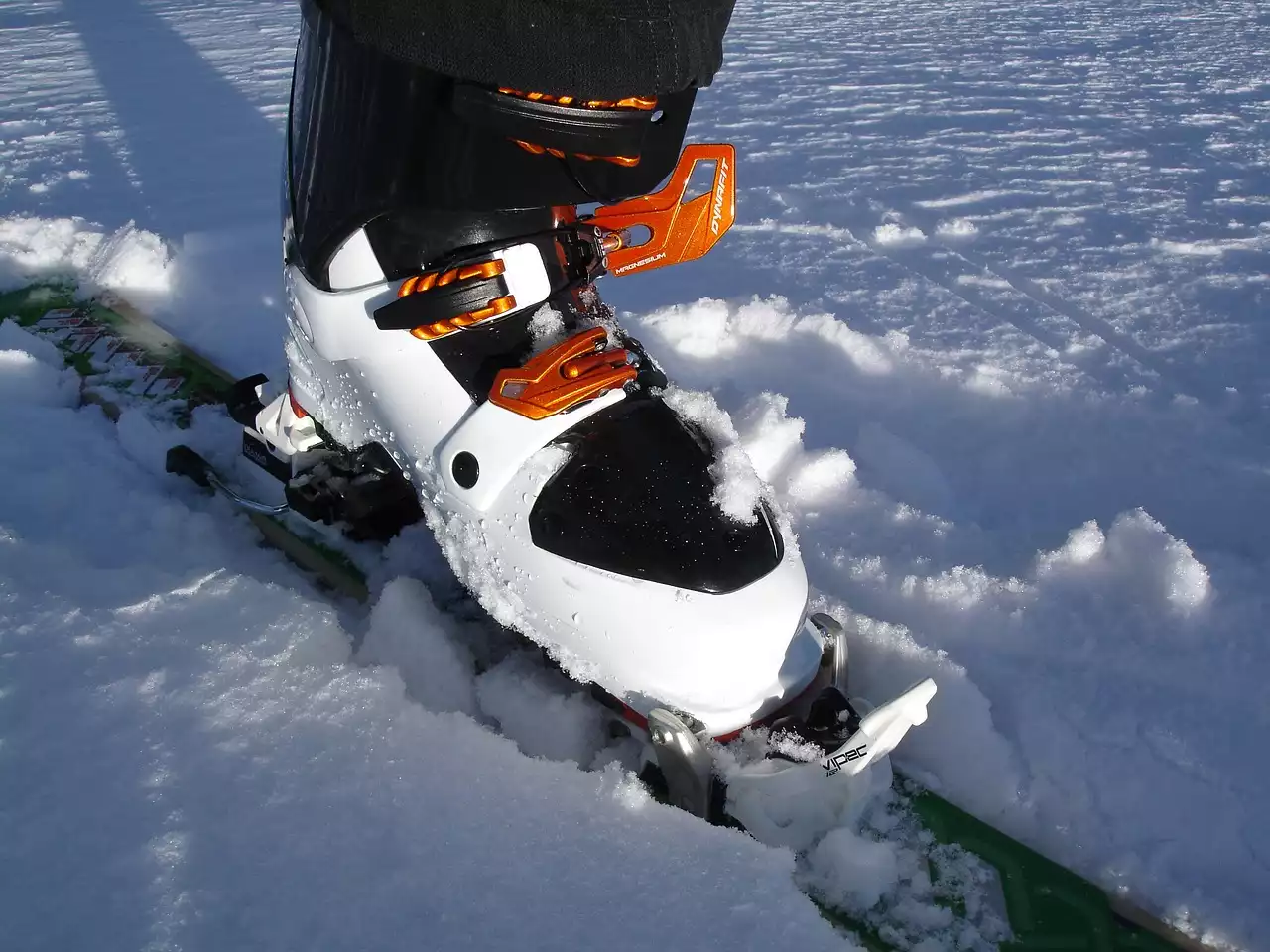
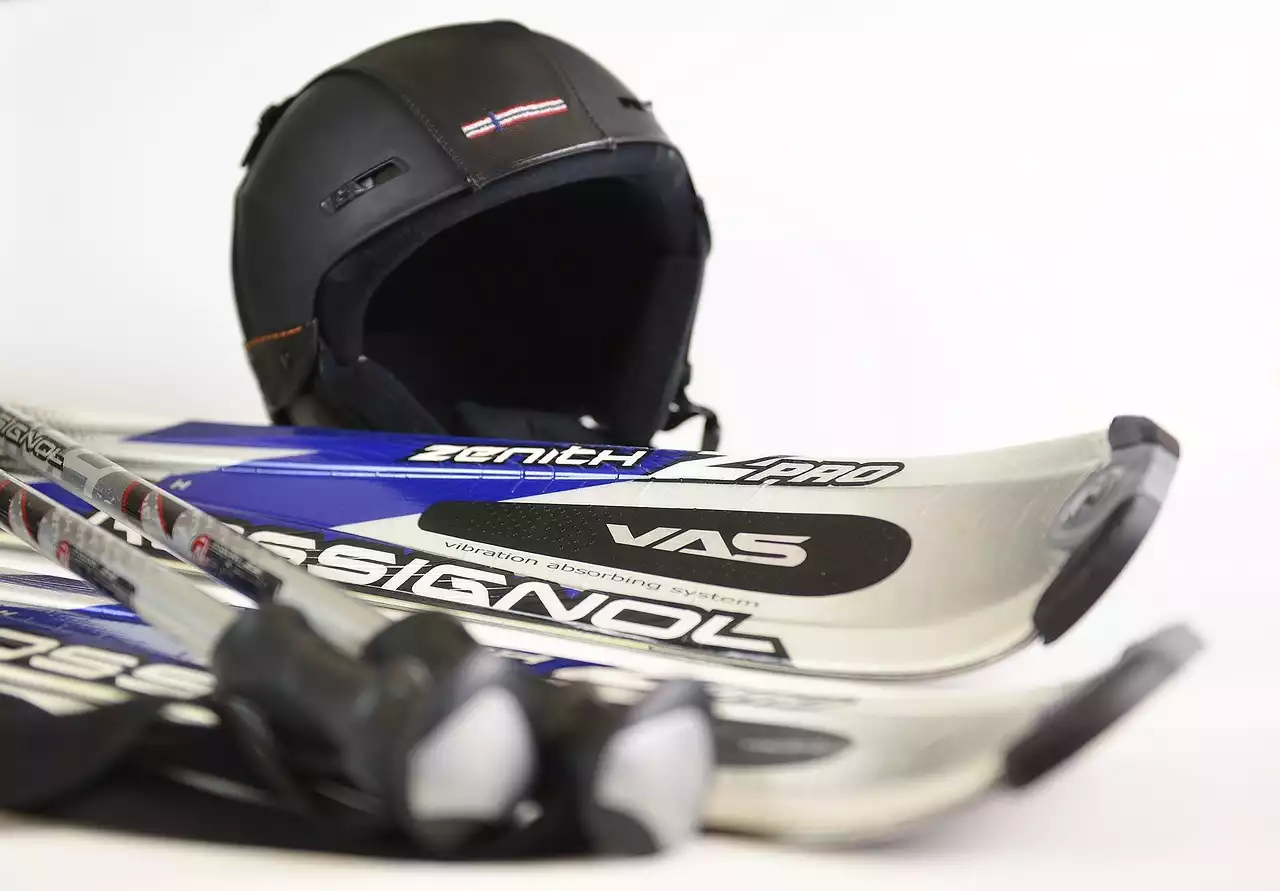
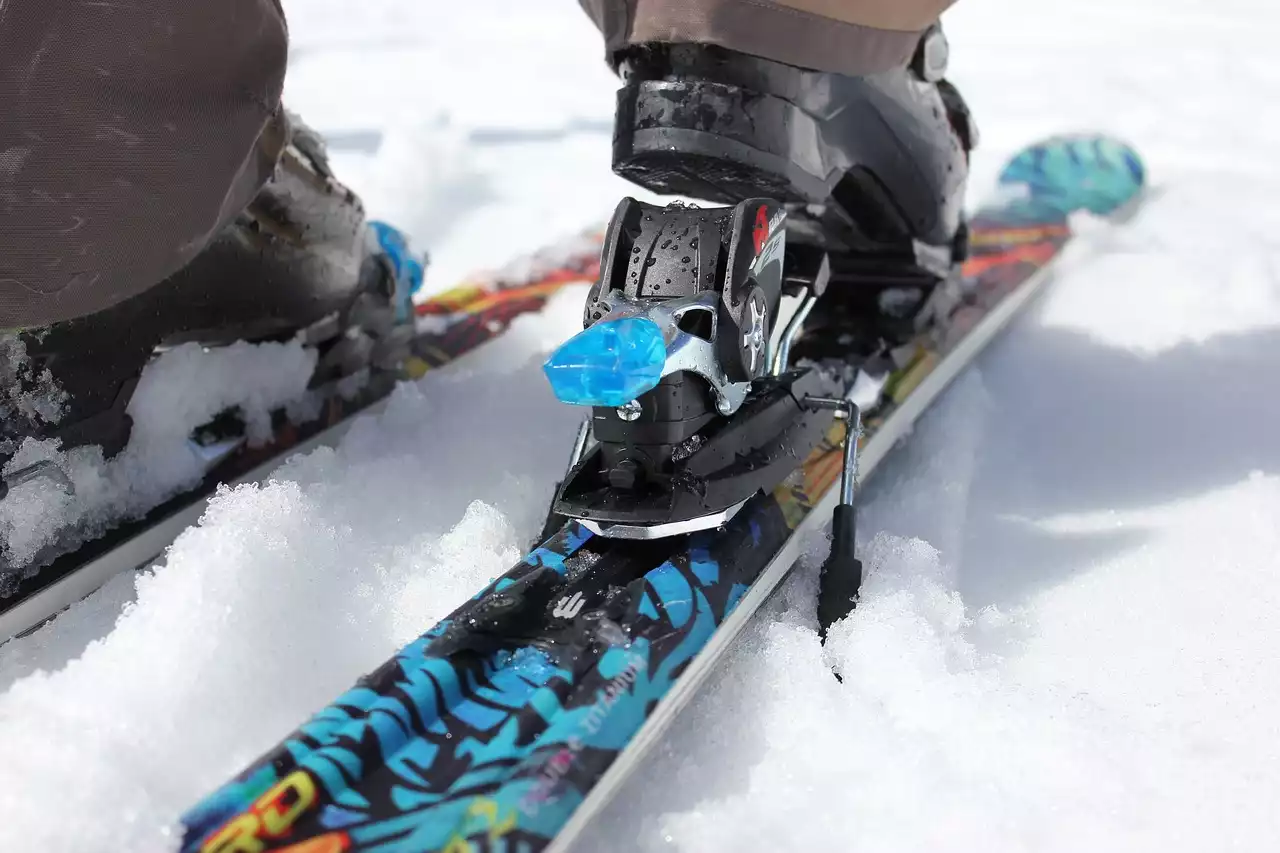
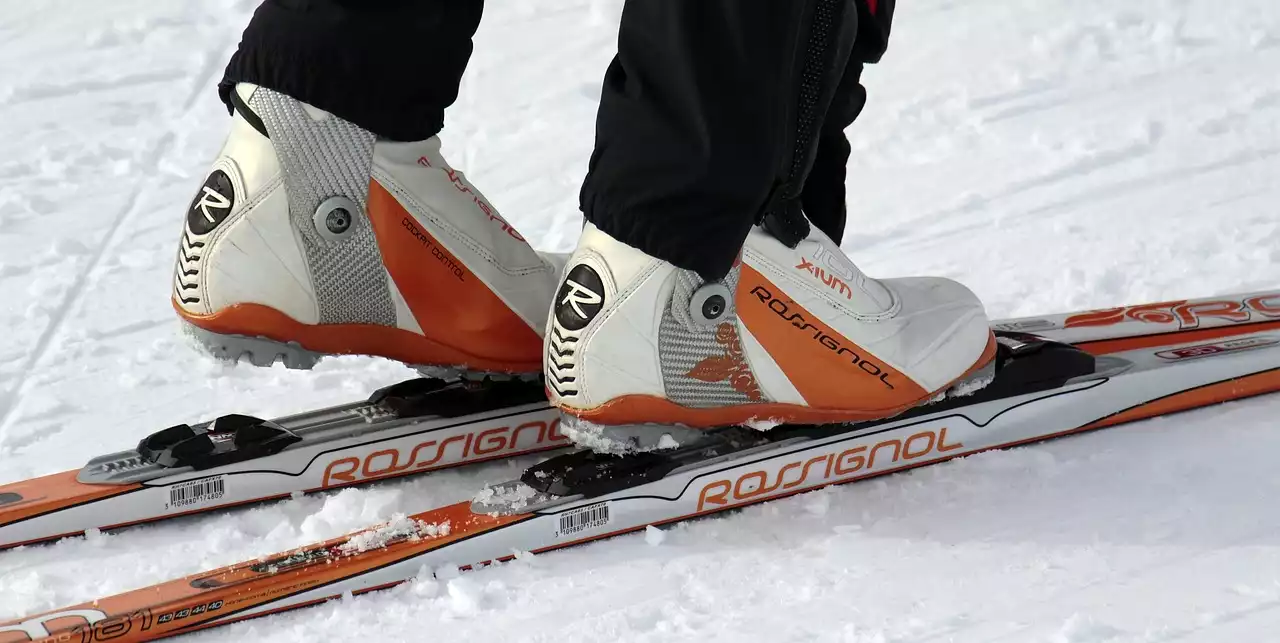
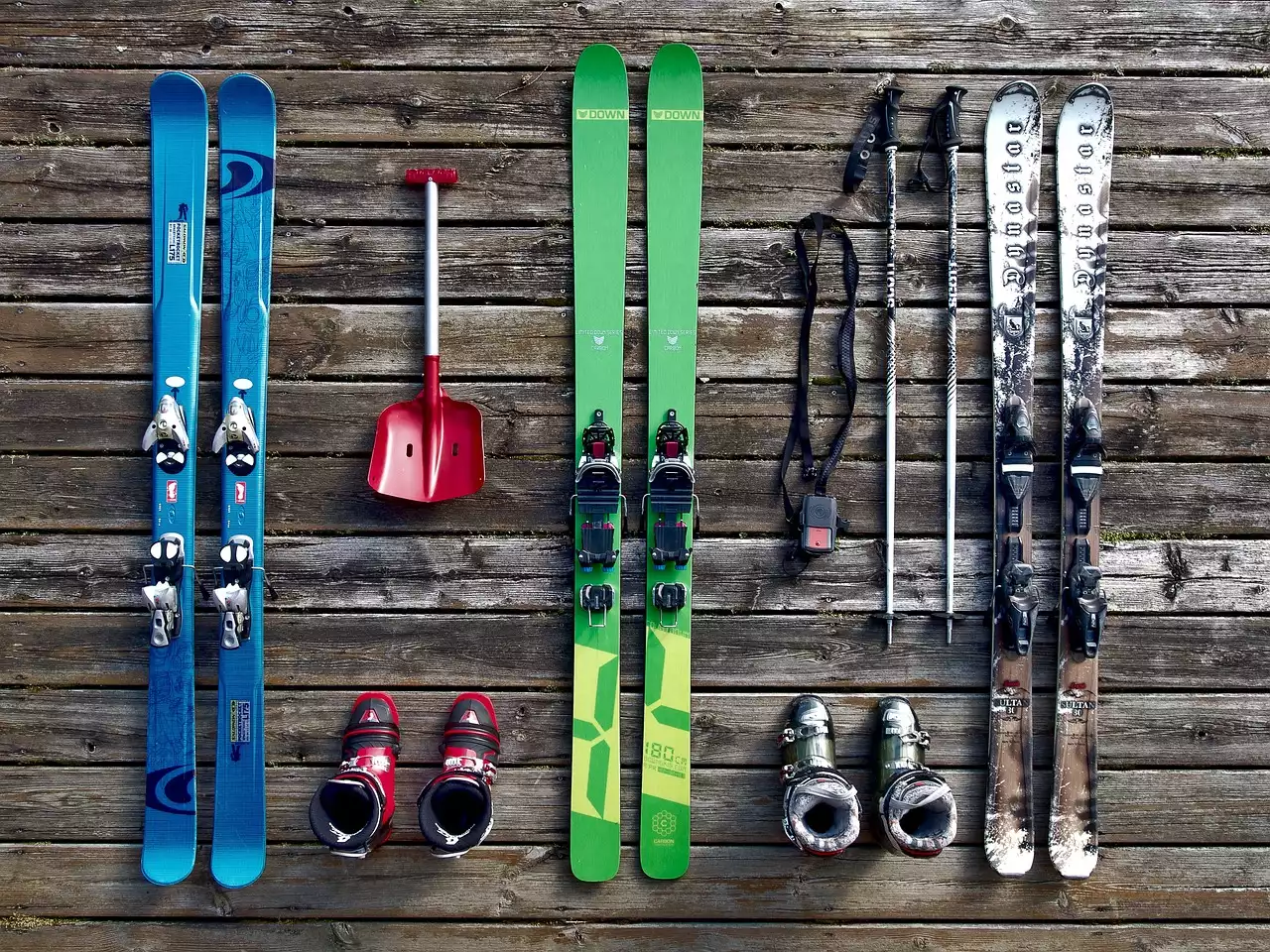





.png?size=50)